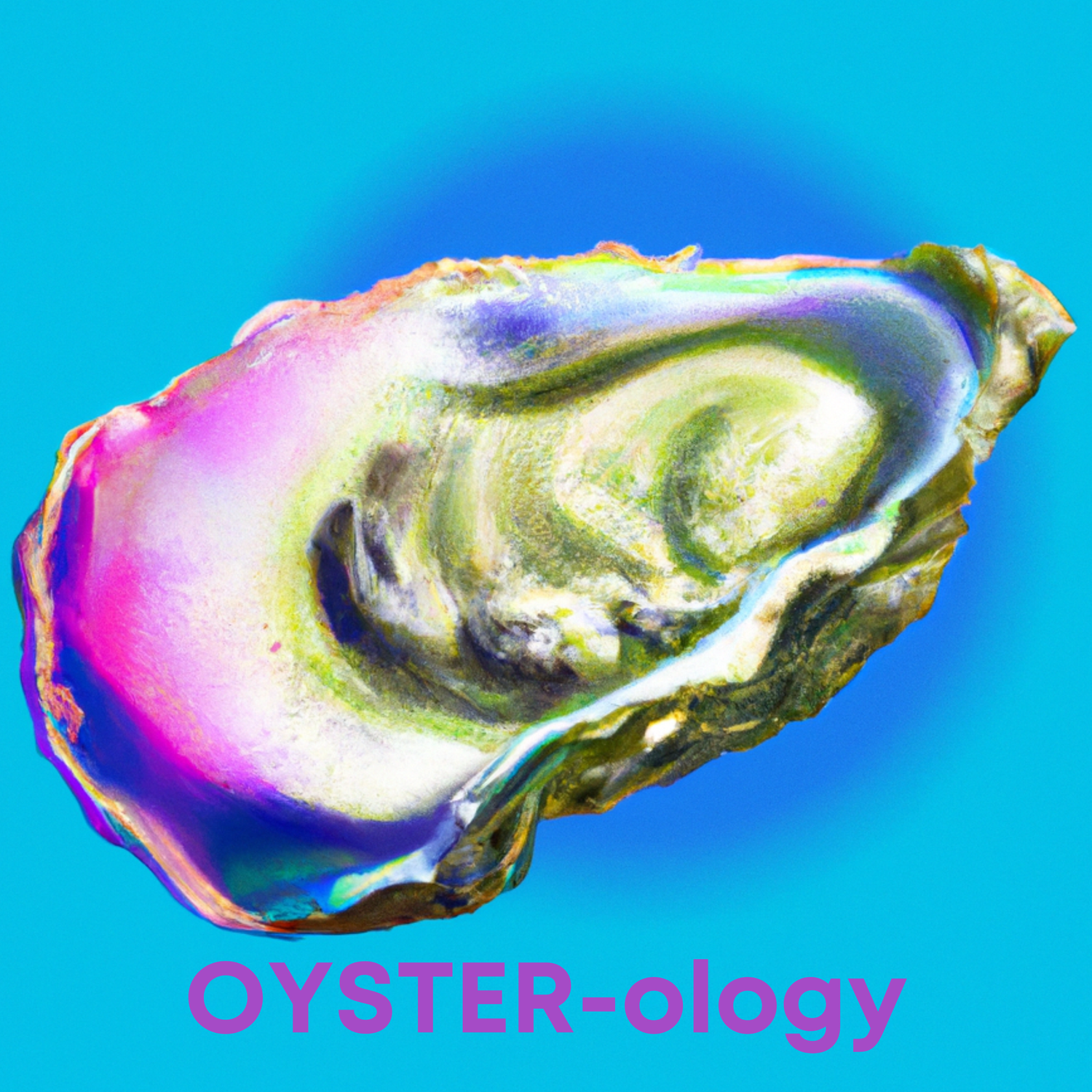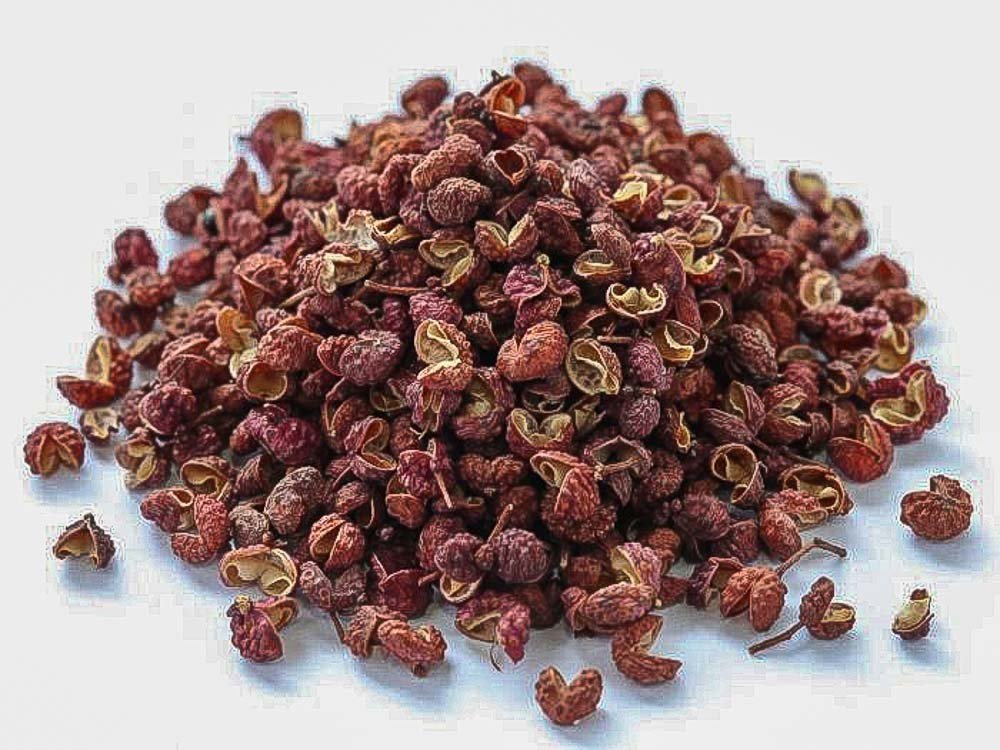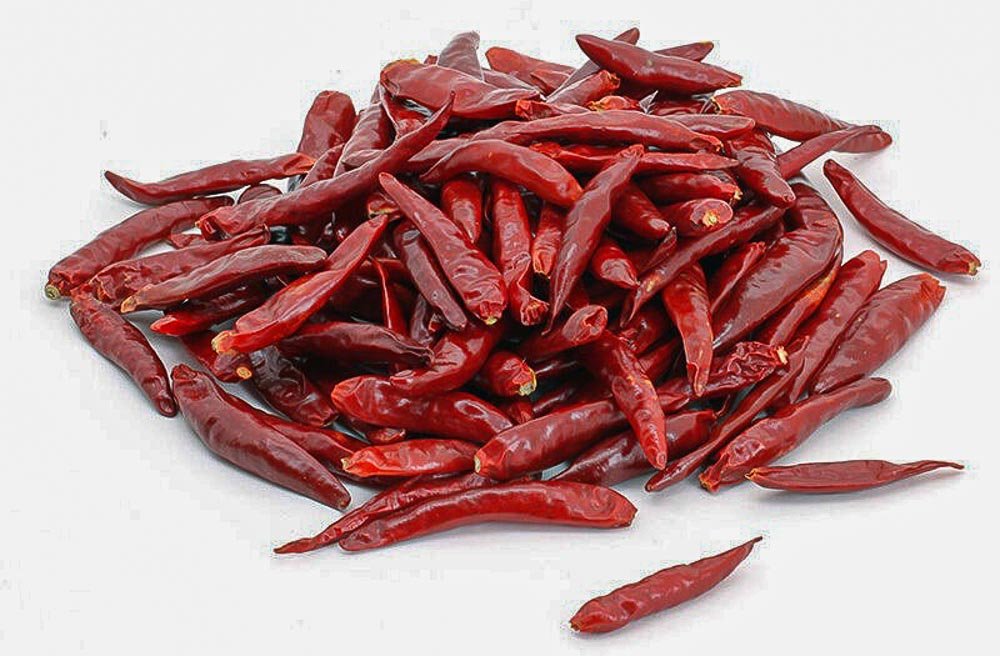Project Sichuan #3 - Lazi Ji - Searching for Gastronomic Gold.
/One of the most popular dishes in any Sichuanese restaurant is Lazi Ji, often called Chongqing Chicken, and it is the ultimate dish for anyone who likes to play with their food. You probably know it; those crispy little chunks of deep fried chicken buried in a pile of blazing red chiles and a fistful of Sichuan peppercorns. It’s one of those classics that strikes terror in the mind of diners who love the flavor but fear the heat. Which pretty much sums up the essence of this dish for most Western eaters.
Lazi Ji is a famous example of Sichuan’s legendary mala wei, a flavor profile that is at the very heart of classic Sichuanese cuisine. This combination of Sichuan peppercorns (from the prickly ash tree) and dried red chilis is often equated with the world of Sichuan food. It’s responsible for that anesthetizing numbness (ma) that starts tingling around the edge of your tongue and spreads throughout your mouth and out onto your lips. Frying those peppercorns with hot red chilis adds a spicy burn (la) to complete the mala flavor, resulting in a transcendental marriage of fiery taste, citrusy floral character and numbing mouthfeel. It creates an experience in your mouth which can not be replicated, and there is no mistaking it once you've had it. For some, the tastebud vibrations of the sichuan peppercorns – especially combined with gradually-intensifying heat of red chilis – is disconcerting. To others it is utterly addictive and causes a craving that can’t be quelled without shirking all responsibility and rushing out for Sichuan food.
Sichuan Peppercorns (Hua Jiao) and medium-hot Facing Heaven Chilies.
But notwithstanding its appearance, Lazi Ji is not as terrifyingly spicy as it appears. While there is a definitive burn from the daunting mountain of chilies engulfing the chicken pieces, they won’t set your hair on fire or make you guzzle the nearest pitcher of water to douse the flames. That’s because they’re not a screaming hot variety of chili, but rather just medium hot like Facing Heaven or Lantern chilis, so as to enhance the crispy, perfectly cooked chicken taste instead of masking it. The dish will, however, make your mouth quiver to the rhythm of the sichuan peppercorns (hua jiao) that are fried with those chilies. Their redolent, floral-meets-citrus aroma and nutty mouthfeel imparts a flavor sensation that can not be found anywhere else, with a vibrato tingling on your lips and tongue that lasts several minutes.
Contrary to popular belief, Lazi Ji is not one of those ancient Chinese secrets that has been cooked for years. In fact a search of early Sichuanese cookery does not reveal the dish at all. Created in the former Sichuan province city of Chongqing in the 1920s, it didn’t become iconic until the ‘90s. In Chongqing the dish is made with small, local chickens, hacked into little pieces replete with bones. But a boneless, all dark-meat version has overtaken the OG, with small cubes marinated and deep fried to a golden hue and set aside. Next, an unsettling amount of red red chilis are gently stir fried over a low flame with garlic, ginger, sugar, rice wine and a big handful of Sichuan peppercorns until a wisp of char and crispiness appears. The chicken is added back to the wok and tossed until it crisps up just so. Dump it on a platter, shower it with sesame seeds and let the fun begin.
Old School Lazi Ji with bones.
To me a plate of these crispy chicken chunks buried in a mountain of dried chilies is one of the most exciting Sichuan dishes I know, because eating it is both a dare and a challenge. The dare: to dig through the pile of hot chilies and find the golden gems hidden within. The challenge: to resist devouring chopsticks-full of the maliciously titillating chilies themselves. Typically one should resist eating the chilies in this dish – at least not too many of them – which is a challenge harder to achieve than you might expect. A challenge that I consistently fail at because I can’t stop myself.
Lazi Ji versions at Red Pepper and at Chengdu Taste, Seattle
LaNtern Chiles are popular in Lazi Ji.
And know this: a platter of La Zhi Ji is not just about its ridiculously-delicious taste. It also tends to bring out the child in you while eating. As you devour more and more of the golden nuggets of chicken the heat from the chiles will rise, the tingling numbness on your tongue will increase and your pores and nasal passages will loosen, until reaching a joyous crescendo as you sift through the pile searching for poultry gold. You’ll feel like a kid on a treasure hunt that tastes great and you may find yourself competing with your tablemates for every gastronomic jewel. But finishing this dish can spark emotional conflicts, too – because you never want it to end. The remaining pieces of chicken get smaller and harder to find. You plow the tips of your chopsticks through the chiles, scrambling for even the slightest, golden crumb until you finally find one, grasp it like a prized grain of rice and raise it to your lips triumphantly. It is then that you are struck by the harsh realization that, with each precious find, you now have one less piece to enjoy next. It’s like being torn between two lovers – one of greeting another succulent piece with drooling excitement; the other of having to say goodby to it. Such is the emotional rollercoaster of eating this iconic dish. But the good news is that in your crazed endorphin-pumped haze you forget about that heat in your mouth, the vibration on your lips and the sweat on your brow, and all you feel is happy. Your journey to the top of Chengdu Mountain is complete.









